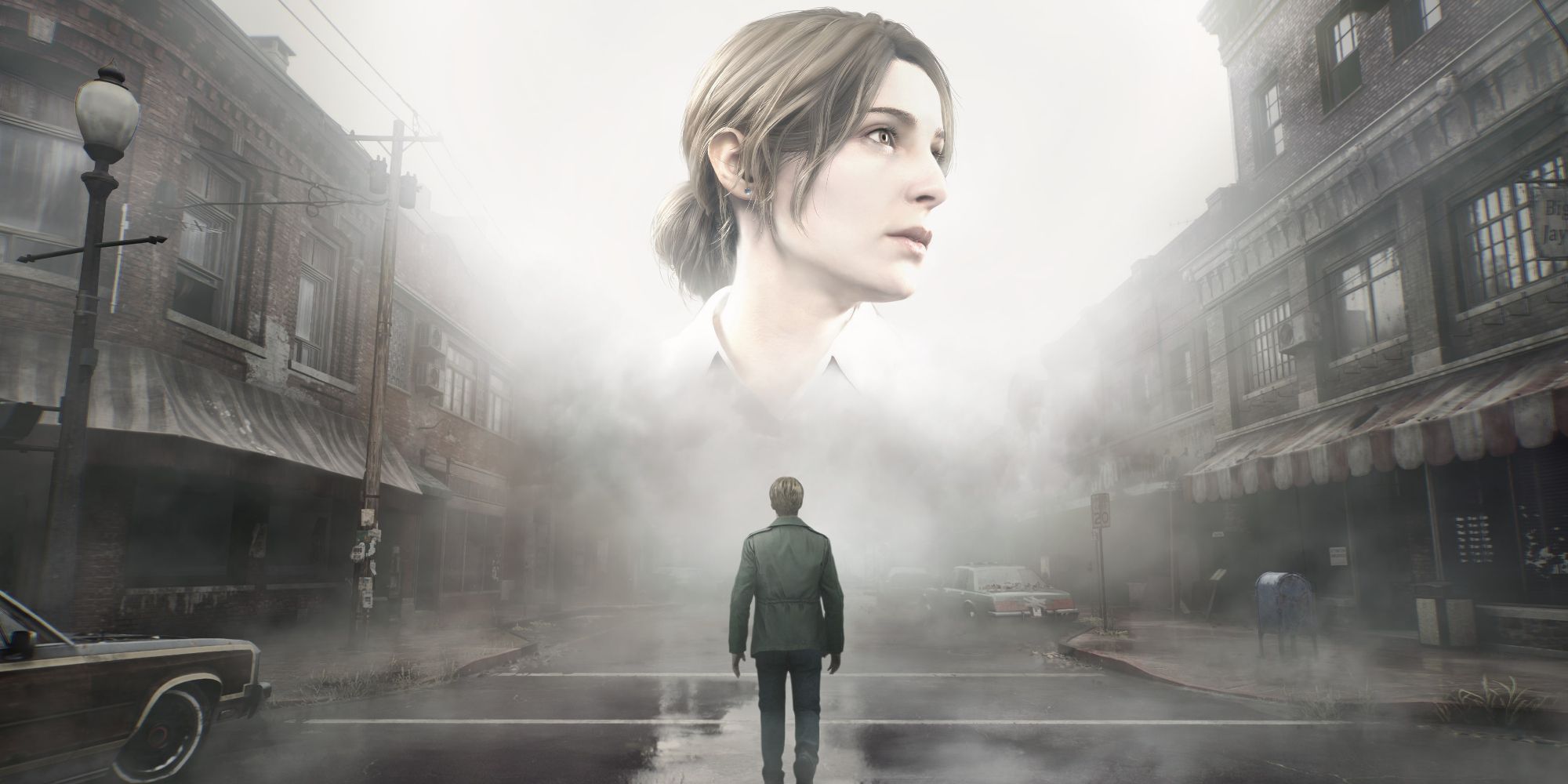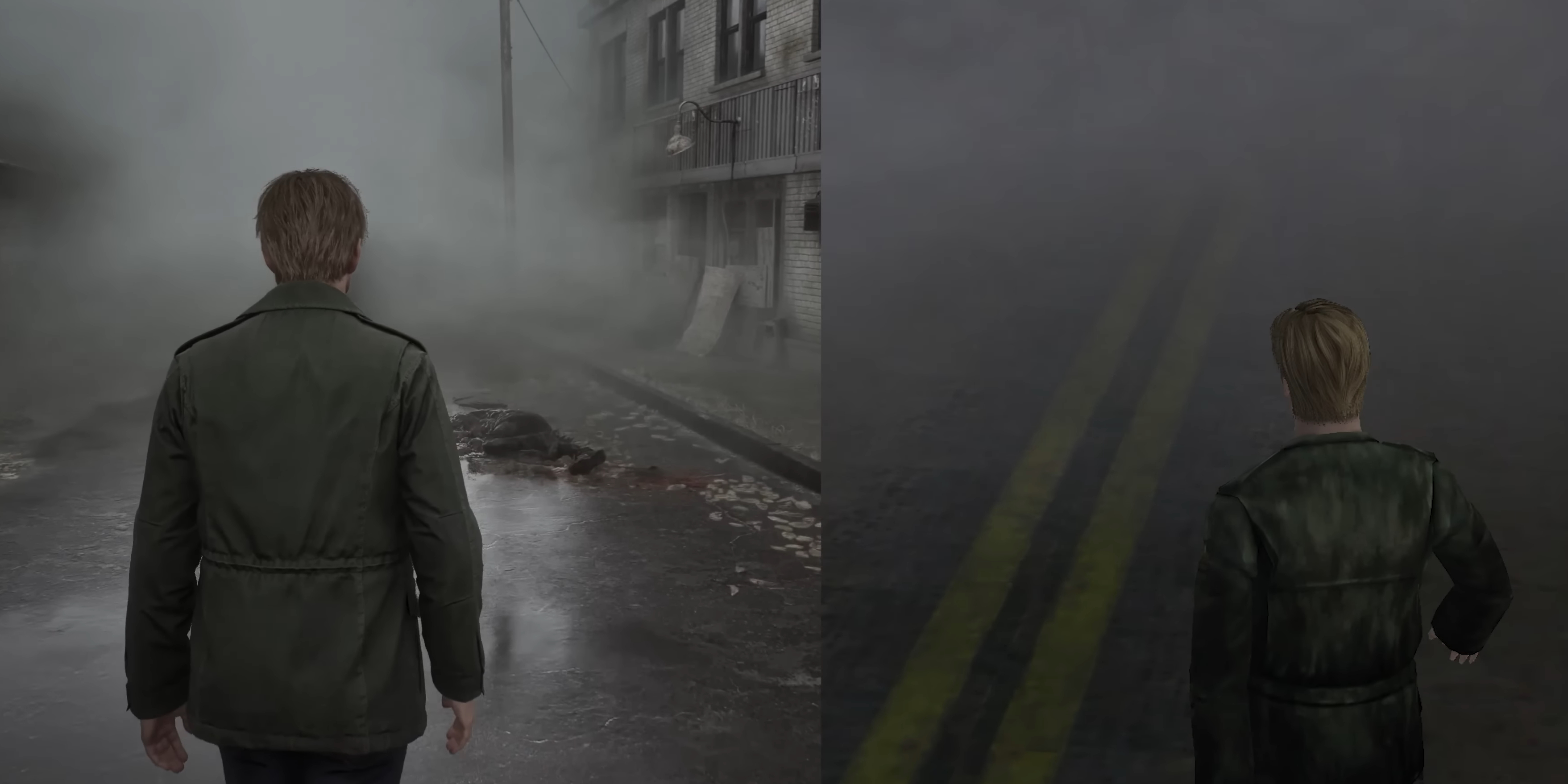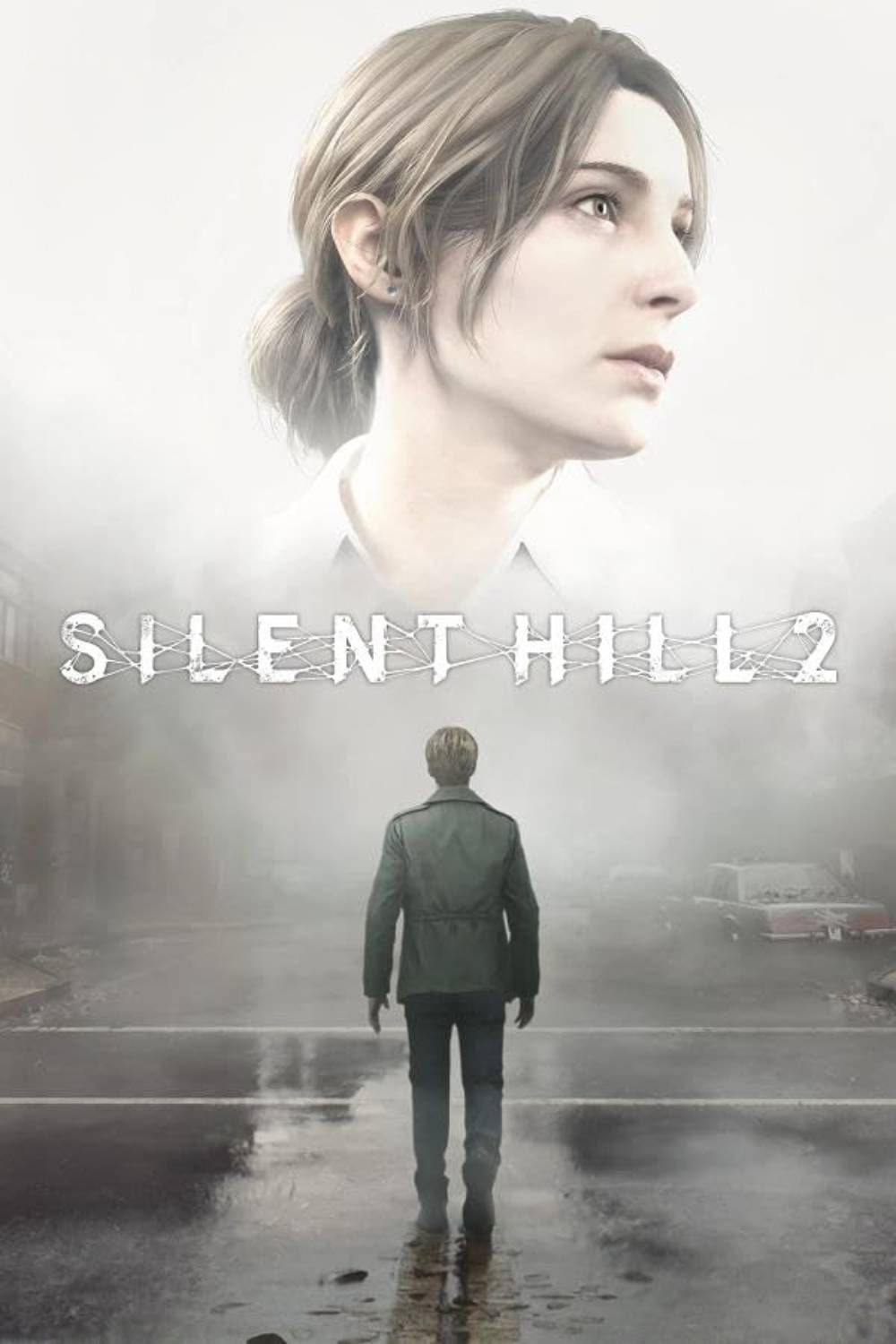If there’s one thing about the original that the Silent Hill 2 remake nails, it’s the atmosphere. Its changes to the original Silent Hill 2 are mostly minor, consisting of simple puzzle remixes and story rearrangements. These serve to offer a new experience to returning players, and to preserve the pacing of its slightly expanded story. The broad strokes of both are untouched, but the finer details are ever-so-slightly tailored to fit the new format.
But the Silent Hill 2 remake leaves the ambiance of the original game basically untouched, and to great effect. The original Silent Hill 2‘s sound design, dreamlike voice acting, and everything else are left perfectly intact. The same extends to one of the most important mechanics of the PlayStation 2 game, which is executed about as well as anyone could ask for in the PS5 remake.
Silent Hill 2 Remake Gets The Fog & Darkness Right
You Can Barely See What’s In Front Of You
All things considered, the Silent Hill 2 remake’s handing of the fog that blankets the titular town is perfectly adapted. When protagonist James is walking around outside, the entirety of Silent Hill is covered in thick, impenetrable fog. It’s a tool for turning the screws on the game’s next jump scare – players can’t see what’s coming towards them until the game wants them to, which often leaves them mere seconds to prepare until a monster is upon them. But the fog is also thematically important, and the remake’s excellent portrayal of it helps get those themes across.

Related
Silent Hill 2 Remake Review: A Surprisingly Fresh Take On A Survival Horror Classic
Bloober Team assuages fears with the Silent Hill 2 remake, a pitch-perfect adaptation of the original with lots to offer both fans and first-timers.
Metaphorically, the poor visibility represents the “foggy” mental state caused by the main characters’ trauma and repressed memories. The very fact that he decided to pursue a letter from his late wife suggests that his judgment is clouded. But James also struggles to remember the timeline of his wife’s illness, and seems shocked whenever presented with a revelation from the outside world. His fellow Silent Hill denizens, Angela and Eddie, seem to have similar symptoms; Angela can’t remember why she believes her mother is in Silent Hill, and Eddie barely even knows how he ended up there.
Other characters appear to see Silent Hill somewhat differently. When James encounters Angela in the burning Lakeview Hotel near the end of the game, he comments on the flames around them. Angela seems mildly surprised, saying, ”
You see it too? For me, it’s always like this.
“
Indoors, Silent Hill’s fog is replaced by darkness. This isn’t the typical sort of video game darkness that can be easily dispelled by turning the gamma correction up; players really come to rely on James’ flashlight to see what’s around them. And his flashlight is weak; it doesn’t have much of an effect at all unless James is uncomfortably close to something it can reflect off of. The result is that players often need to wander blindly into rooms they can barely see from the outside, which can lead them directly into the clutches of monsters lying in wait.
The darkness serves as a substitute for the original Silent Hill 2‘s fixed camera angles, which similarly prevent players from seeing what lies ahead until the precise moment the game’s developers want them to. Ultimately, in conjunction with the fog, the darkness helps faithfully recreate the original Silent Hill 2‘s terrifying atmosphere.
Silent Hill’s Fog Was Originally Due To Technical Limitations
It’s Since Become An Iconic Part Of The Series
Infamously, the only reason Silent Hill is covered in fog is due to technical limitations encountered by the original game, released for the PlayStation in 1999. With the console’s poor RAM, it was nearly impossible to avoid enemies and objects suddenly popping into frame as the player explored the town. So the developers blanketed its outdoor areas in fog, and turned down the lights on some of its indoor areas so that pop-in wouldn’t be as noticeable.
Technical specs had improved by the time the sequel came out on the PS2, but the damage was done – the first game had been praised for its innovation in using technical limitations to create a creepy atmosphere, and Silent Hill would forever be known as a town enshrouded by fog. It’s since had a presence in every mainline series entry to date, even when later games left the town of Silent Hill behind.
It’s funny to think that what started as a disguised technical limitation eventually became such an iconic part of the series that a top-down remake, coming out over 20 years later on infinitesimally more powerful hardware, had to spend time and effort on recreating it. Even so, limitations are often a source of creativity, and many incredible creative decisions have come about by accident. If anything, it’s a testament to the Silent Hill 2 remake that it wasn’t tempted by its lack of constraints to increase the render distance, thereby ruining the atmosphere the original game had worked so hard to craft.

